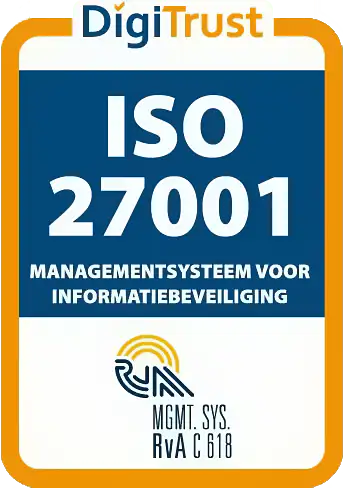QualiTime: Short, true stories from daily life, written by our colleague Fred Vahlkamp. With a little imagination, you can connect these tales to things like quality, risk management, and customer satisfaction. Enjoy reading.
The highest satisfaction was achieved by the guests with a broken television.
A favorite example of mine regarding customer satisfaction and its research is from a holiday park where the television was deliberately disabled before guests arrived.
Why a broken TV boosts customer satisfaction
It’s a familiar habit, although I can leave the TV off these days, to check if everything works immediately upon arrival at a vacation rental. In the study, there were two groups: the “nothing wrong” bungalows and the “broken TV” bungalows.
The technical service team was on alert. As soon as a guest called reception to report the TV wasn’t working, the team was ready. Problem fixed within ten minutes. Not too difficult if you know the issue and already have the solution on hand.
Speed as the Key to Satisfaction
After this disrupted start to their holiday, a customer satisfaction survey was conducted among both groups of tourists. The result? The highest satisfaction was achieved by the guests with a broken television. Under the motto “such great and fast service,” the holiday park was praised.
According to the classic definition of quality—”meeting expectations”—one would expect higher satisfaction by delivering everything as expected, but apparently not. When I rent a bungalow, I do expect everything to work. The quick response, however, exceeded this expectation. Something breaks; the expectation is to fix it. How quickly it’s resolved determines satisfaction.
Quality and customer satisfaction: A complex relationship
It sounds simple and fairly logical, but it’s still very interesting. Delivering quality is mainly important to keep internal costs under control. After all, everything you need to correct costs time, materials, and therefore money. However, it doesn’t necessarily reflect customer satisfaction.
As a company, we believe in being open and honest, and, if necessary, respectfully disagreeing when there’s mutual misunderstanding or what someone feels is unfounded criticism.
Feeling, not measuring, customer satisfaction
Software development, testing, and delivery apparently can’t be flawless, a mathematician once claimed.
I can’t recall the source, but it sounds wise and suits me just fine. Despite considerable efforts to prevent issues, they still hide in unforeseen and unimagined usage paths. Our technical service, known as the helpdesk, is ready for them.
Fixed within ten minutes? Hmm, not usually. Is customer satisfaction on track? We don’t measure it, but we feel it—and it feels good. Perhaps it’s time in a future release to introduce a planned fault for some of our customers. Helpdesk on alert: you call, we roll, and within ten minutes.





